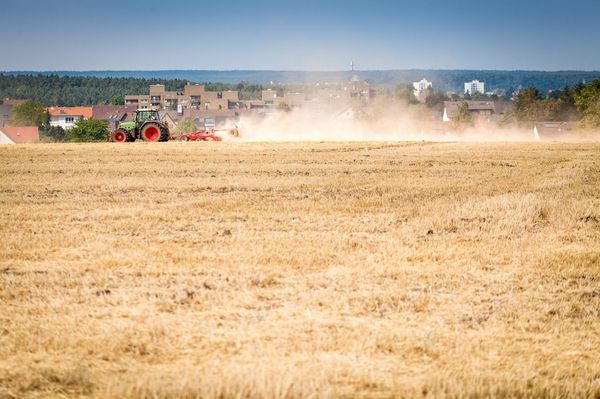ThEO
Climate protection and climate impacts
Stefan Erasmi and Arndt Piayda
Does climate change affect agricultural use and forests? What are the effects of environmental and climate measures? Satellite data can be used to visualise spatial and temporal patterns of climate impacts and management measures.
Ongoing climate change and the associated occurrence of weather extremes such as droughts have direct implications for land use. Adaptation strategies must be implemented in both agriculture and forestry to maintain productivity. At the same time, extensive climate change mitigation measures are needed to mitigate the effects of climate change, especially in agriculture.
With remote sensing imagery available in a timely manner, management measures or climate impacts can be made visible, thus supporting research in the context of climate change and climate impacts.
Our research questions
- Has agricultural use or management changed as a result of climate change (e.g., shifting/extending cropping or growing seasons)?
- Have implemented environmental and climate change mitigation measures had a visible impact on land use (e.g., extensification of cultivation, increase in organic farming)?
- How are certain climate-relevant uses spatially distributed (e.g. type and intensity of grassland use on organic soils as a proxy for greenhouse gas release, intercropping as a proxy for CO2 fixation)?








![[Translate to English:] Satellite-based Indicators for Monitoring Fen Re-wetting](/media/_processed_/1/5/csm_2724_Satellitenbasierte-Indikatoren_C-Hellmann_DJI_0076_ba59ce9f94.jpg)





